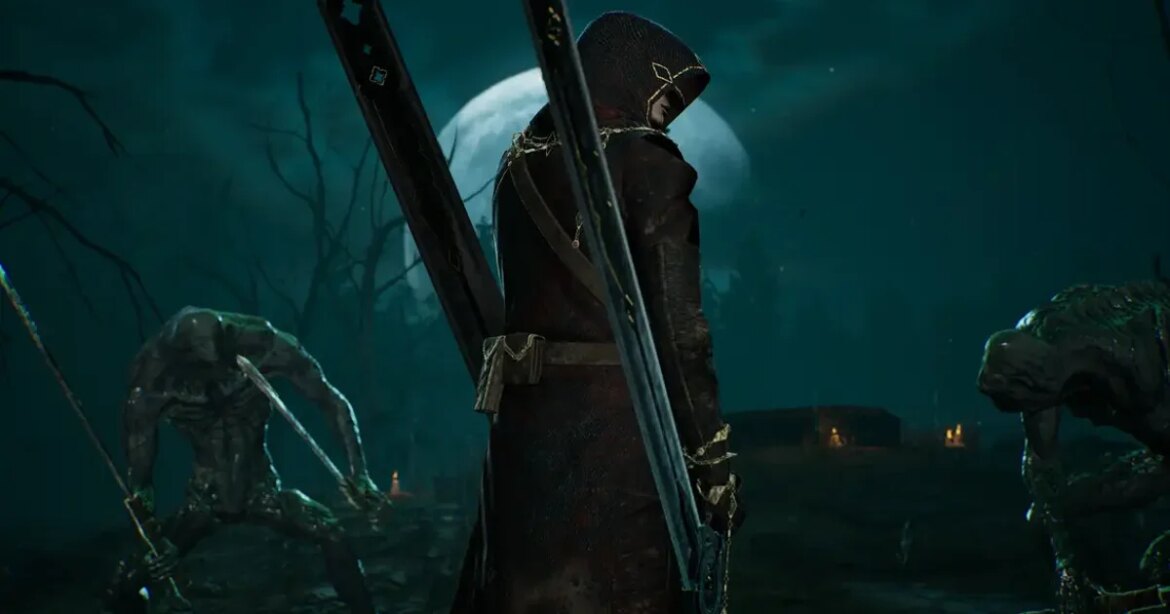Did you know that the original Metal Gear Solid 3 on PS2 had a reworked Zone of the Enders 3 prototype hidden in it? I didn’t. The secret minigame in question is “Guy Savage”, a barebones hack-and-slasher featuring hook swords, bestial transformations and zombie coppers. It’s framed as a dream of Naked Snake’s – triggered by a combination of torture and an unhelpful reference to Dracula from radio contact Para-Medic during a codec conversation before saving.
The original Guy Savage was directed by long-time Metal Gear Solid writer Shuyo Murata. The dreamy minigame returns in Metal Gear Solid Delta: Snake Eater, an Unreal Engine remake which launches next week. It’s a lot glossier this time, however, because the new version has been contracted out to Bayonetta studio PlatinumGames. They’ve gone to town on the visuals, trading the old jailhouse backdrop for a moonlit graveyard, though the spinning and gouging looks pretty much as before. Here’s a video of the PS2 version, and here’s some footage of the updated one from Gamespot.
Learning about Guy Savage gives me the heebie jeebies, somehow. Delta Snake Eater is Konami’s latest bid to show that Metal Gear Solid has a future after Hideo Kojima, but it’s also a fawning tribute to the guy, a careful recreation of every eccentric flourish that took root under his eye, whether it truly came from Kojima or no.
As I attempted to articulate last August, Delta Snake Eater feels stranger than the average blockbuster remake project because Kojima has built up a brand for bespoke designer’s asides – brilliant or silly titbits born of Kojima’s own proudly brandished fan obsessions, that create a feeling of closeness to the auteur, even if they were executed by one of his underlings.
Konami have extracted all those wonky fossilised organs and sent them off to be rehydrated and plumped up, then pushed them back into the game’s body while grafting on new skin. In the case of the Guy Savage, the fossilised organ is also the aborted stub of another game, the Zone of the Enders threequel Konami cancelled in 2013. Apparently, Kojima wanted the minigame to be Gradius initially, but decided an original game would be better.
It’s just weird! Video games are weird! They are the ultimate haunted houses. This is probably the only thing I’ve discovered about Delta Snake Eater that seriously interests me. We’ll hopefully have a review ourselves before the remake’s release next week, on 28th August.

